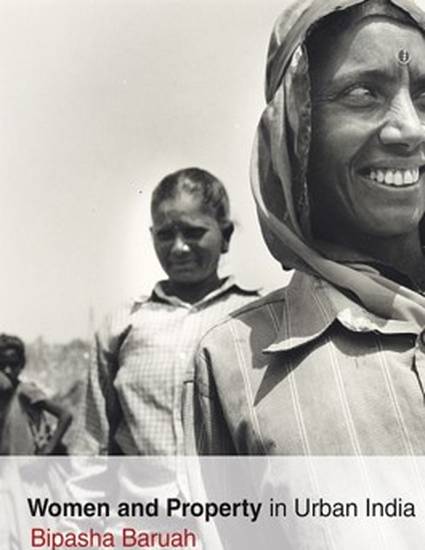
Book
Women and Property in Urban India
(2010)
Abstract
Women make up half of the world’s population, perform two-thirds of the world’s working hours, receive one-tenth of the world’s income and own only one-hundredth of the world’s property. Much of the research on gender and development has focused on inequalities between men and women of wages, educational opportunities, schooling outcomes, mortality and morbidity, and more recently, political participation and representation. While the gap between women’s and men’s education and income levels are narrowing gradually almost everywhere in the developing world, the disparity in property ownership remains stark and persistent even in countries where women consistently outperform men in educational attainment. Because property ownership demonstrates the connections and contradictions between public and private spheres of women’s lives in more complex ways than other areas of disadvantage, I argue that women’s ability to own and control landed assets is a more powerful indicator of progress towards gender equality and poverty alleviation than their ability to educate themselves or to earn wages at par with men.
In this book I explore the opportunities and constraints low-income women face in securing access to land and housing in cities of the Global South through research conducted in collaboration with the Self-Employed Women’s Association (SEWA) in Ahmedabad, India. Like men, women acquire property through inheritance, purchase in the market, and/or distribution by the state. However, unlike men, urban women face the following key challenges in securing access to and control over property: accessing joint titles to marital property; incurring higher formal and informal transaction costs for sale and transfer of property; and accessing adequate and appropriate financial services to facilitate purchase of new homes and improvement of existing homes. My findings further indicate that such obstacles interact with a range of other synergistic influences with differential gendered effects that also hinder women’s ability to plan secure futures. These include: inadequate income and insecure employment; limited access to markets and the wider economy; concerns about physical safety resulting from the lack of basic services such as toilets and street lights; the existence of pervasive gender-based employment discrimination; inadequate access to life, health and asset insurance; and pressure to demonstrate upward mobility through conspicuous consumption of consumer goods.
Keywords
- gender,
- property ownership,
- housing,
- cities,
- India
Disciplines
Publication Date
2010
Publisher
University of British Columbia Press
Citation Information
Bipasha Baruah. Women and Property in Urban India. (2010) Available at: http://works.bepress.com/bipasha-baruah/5/
